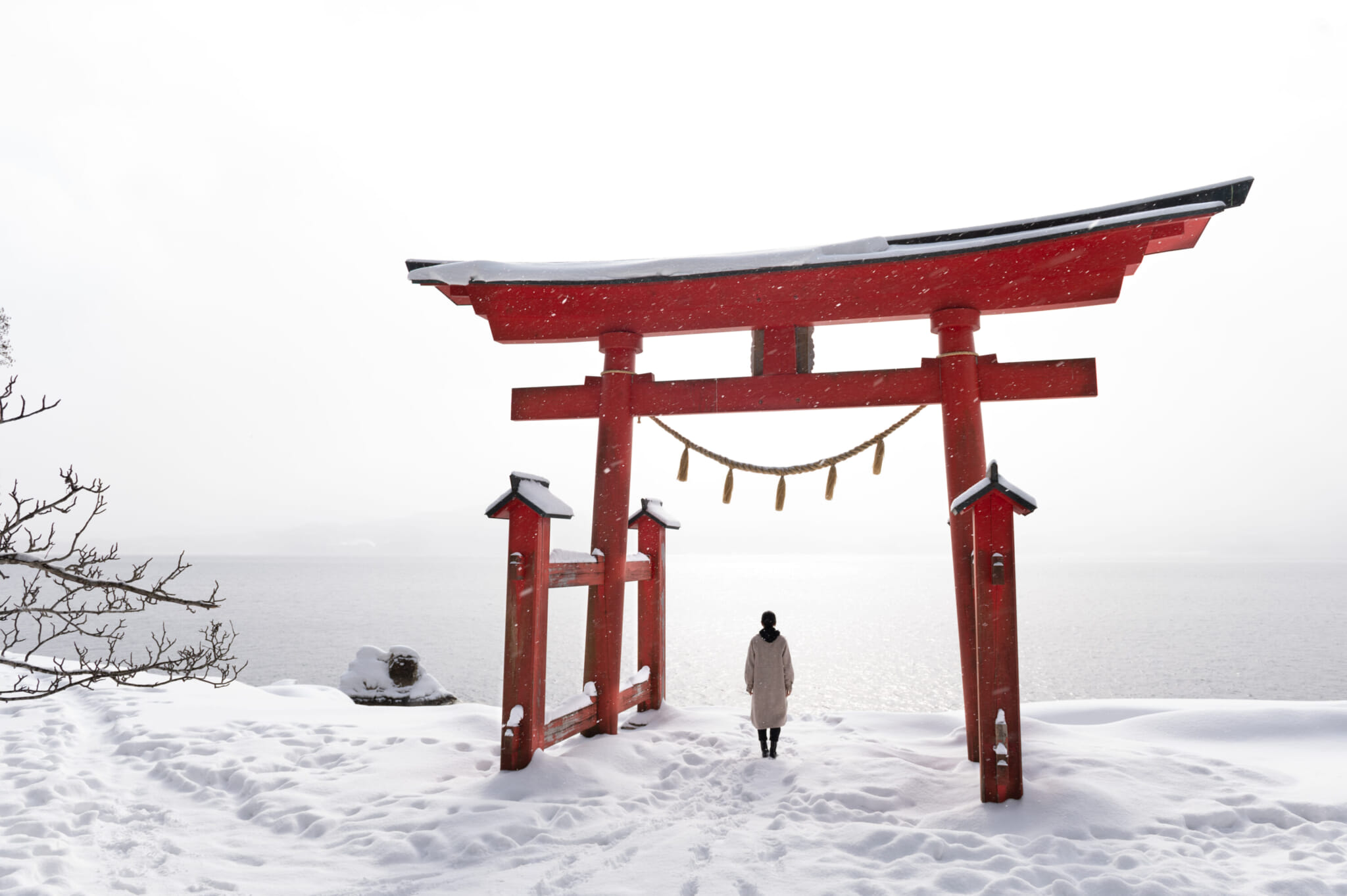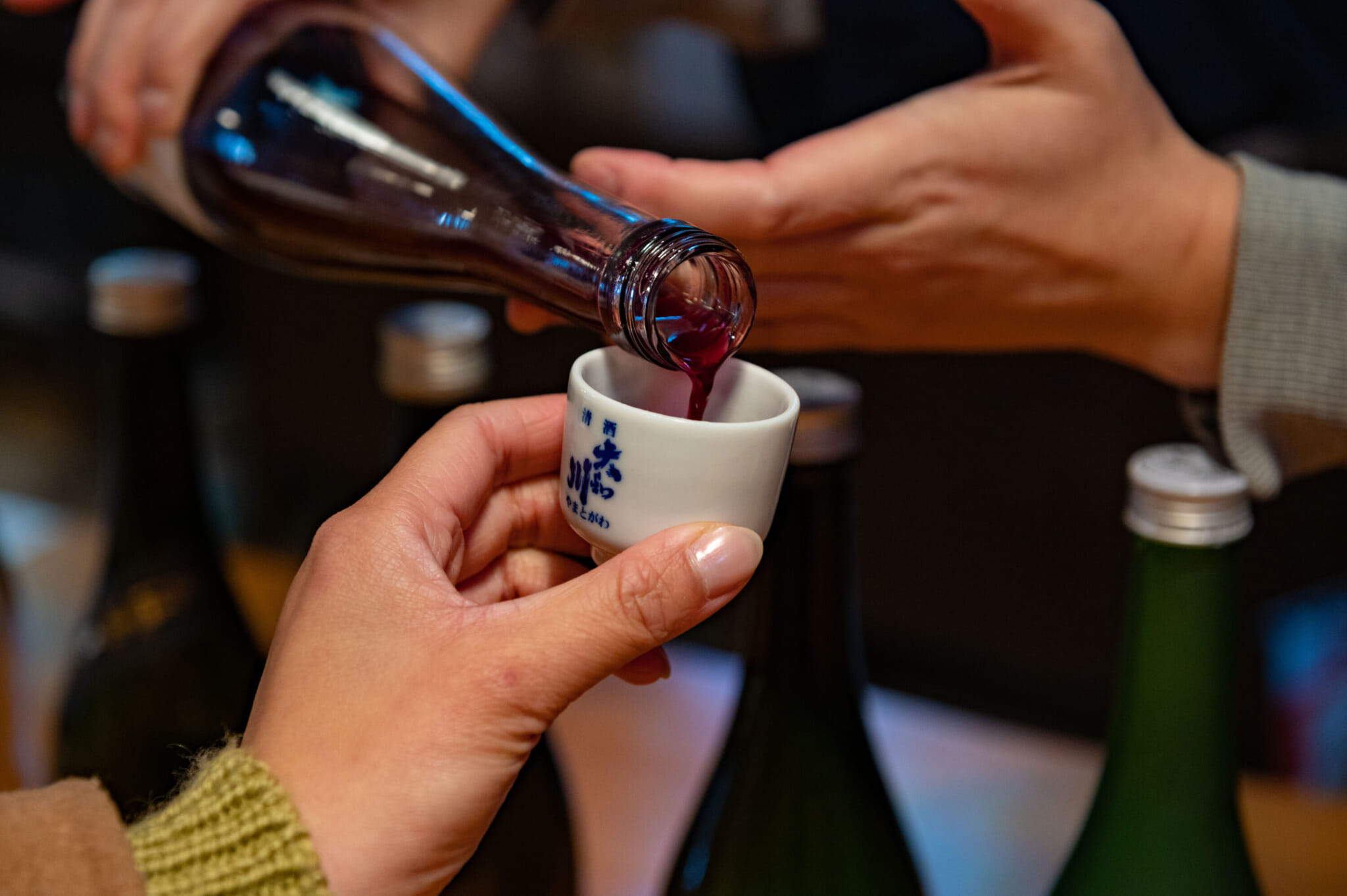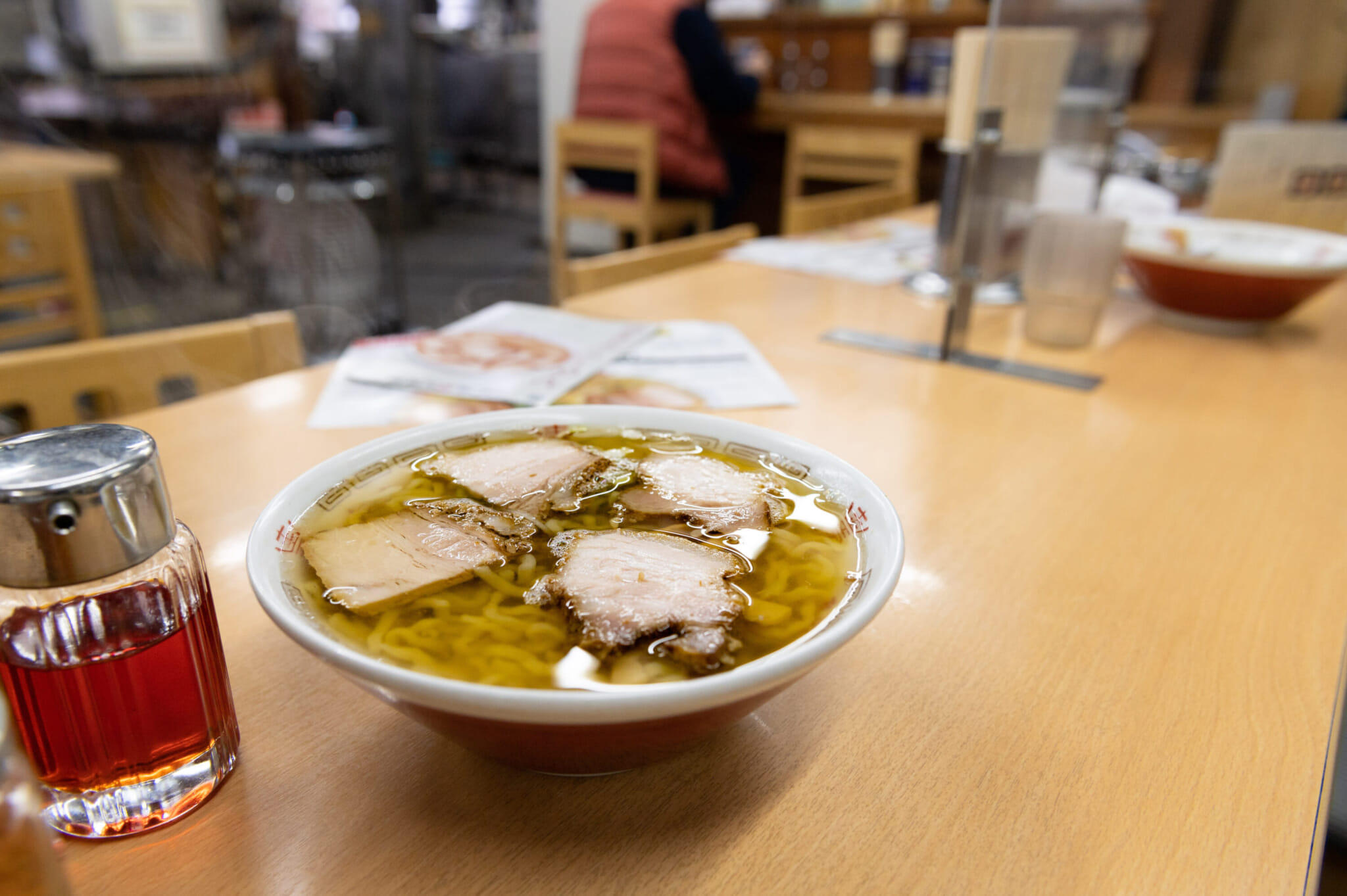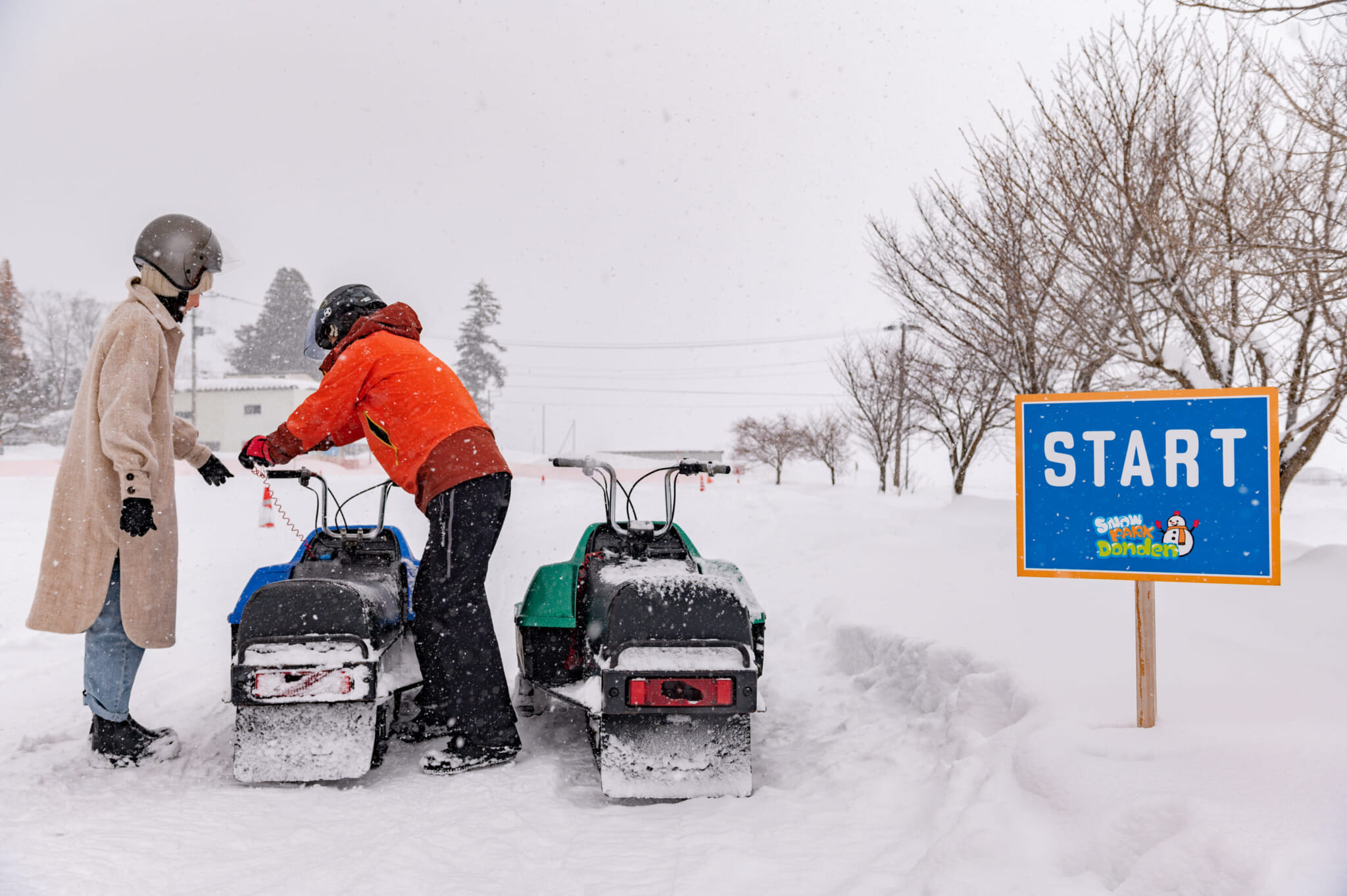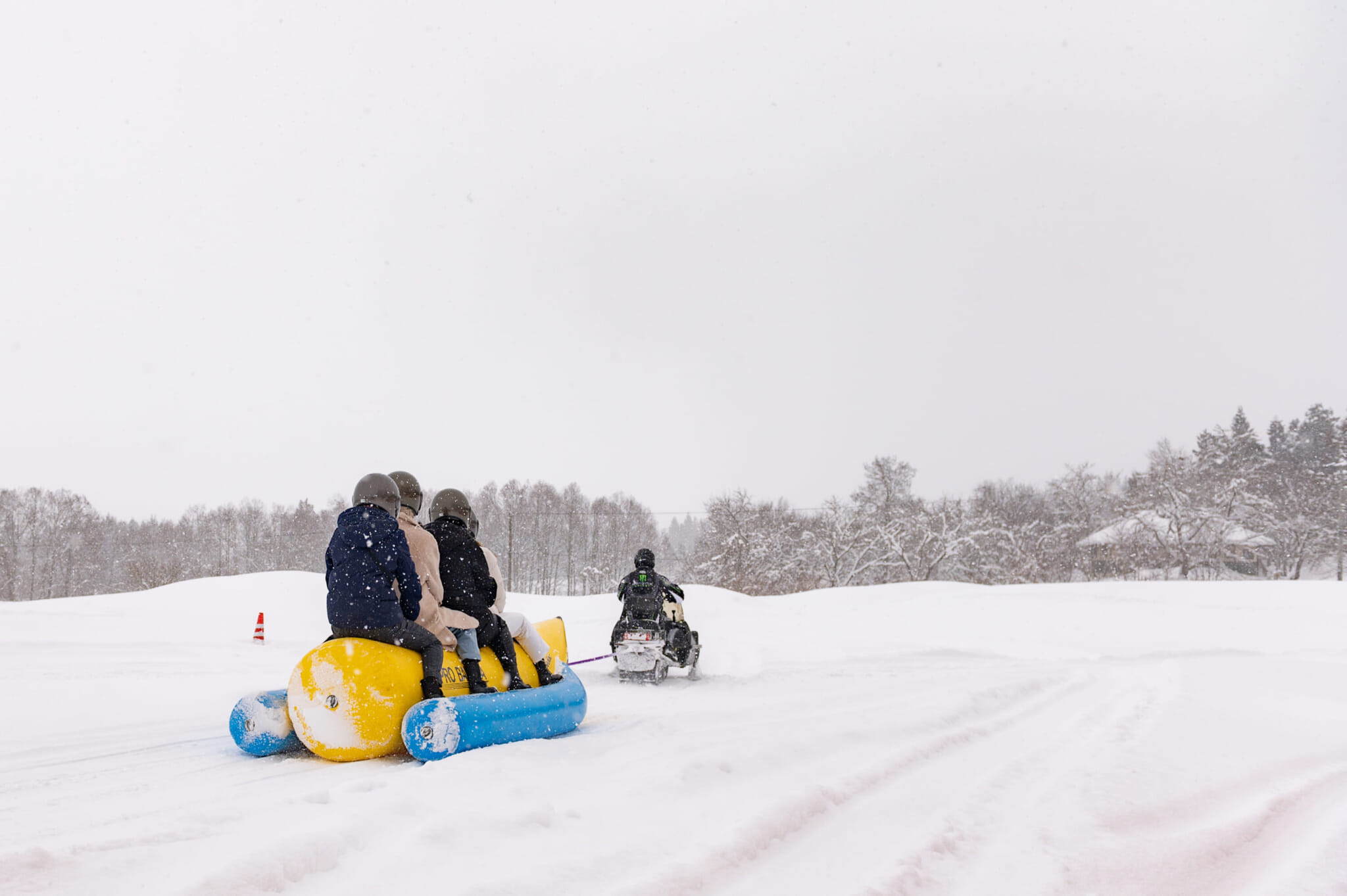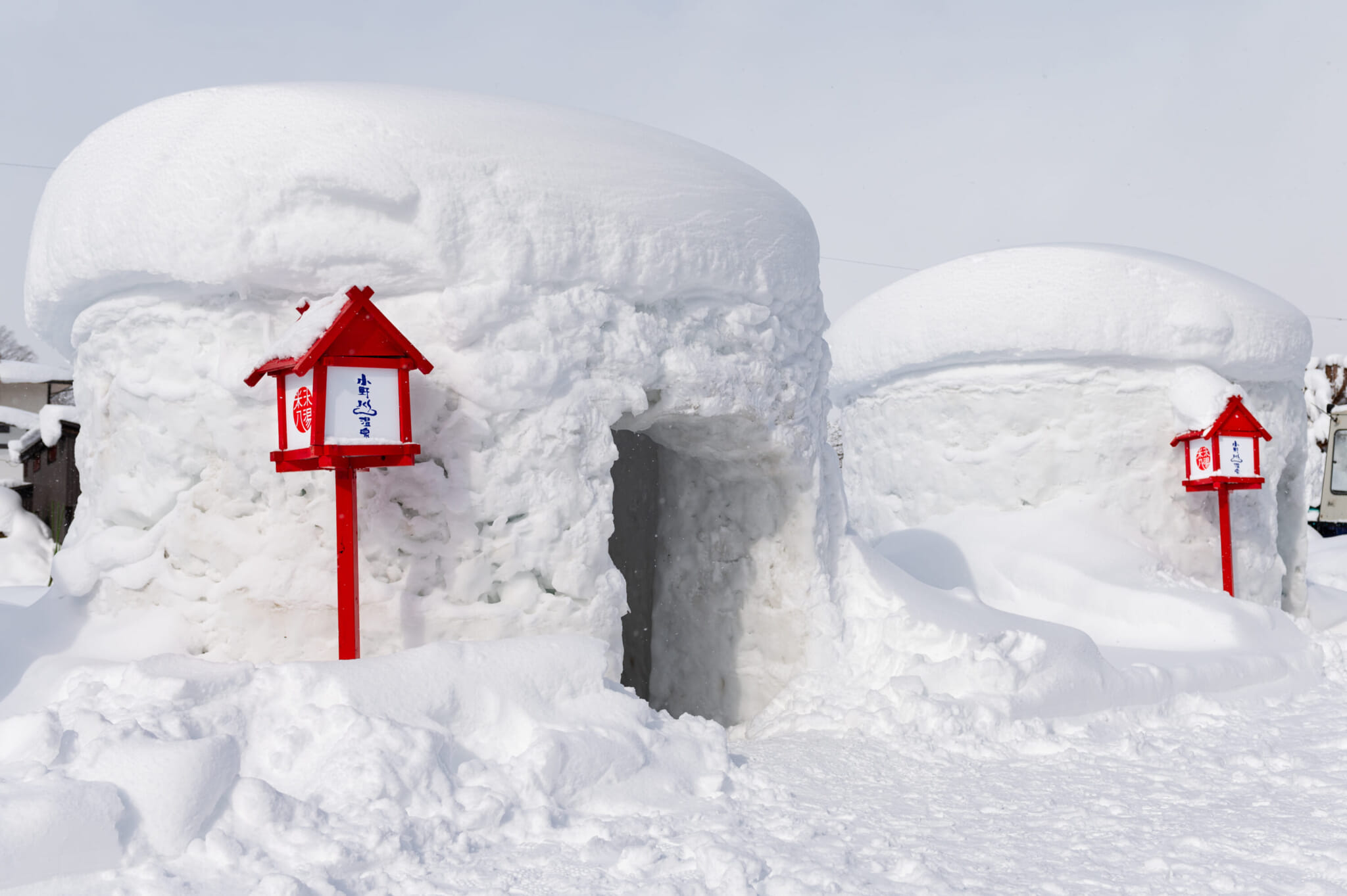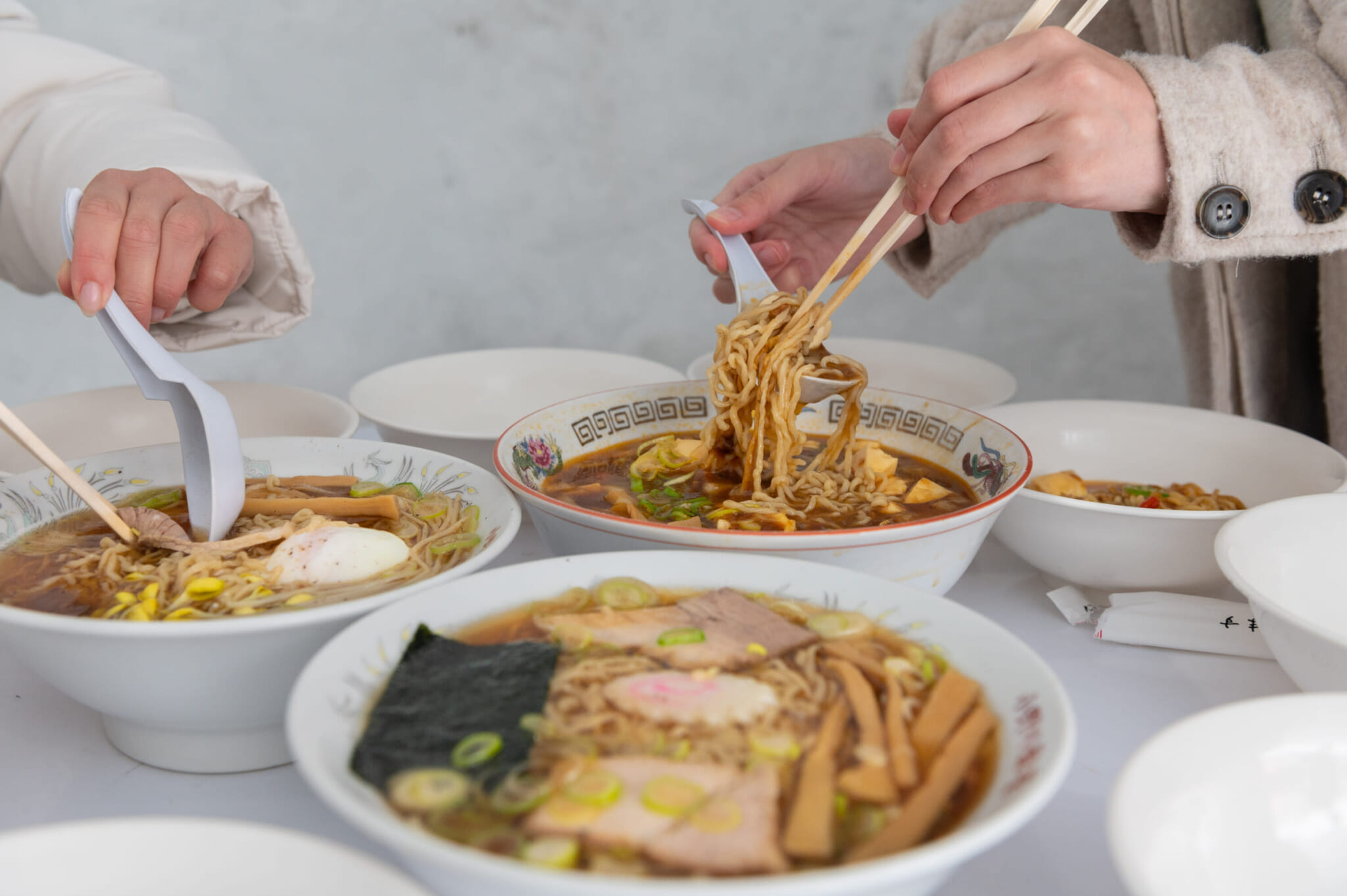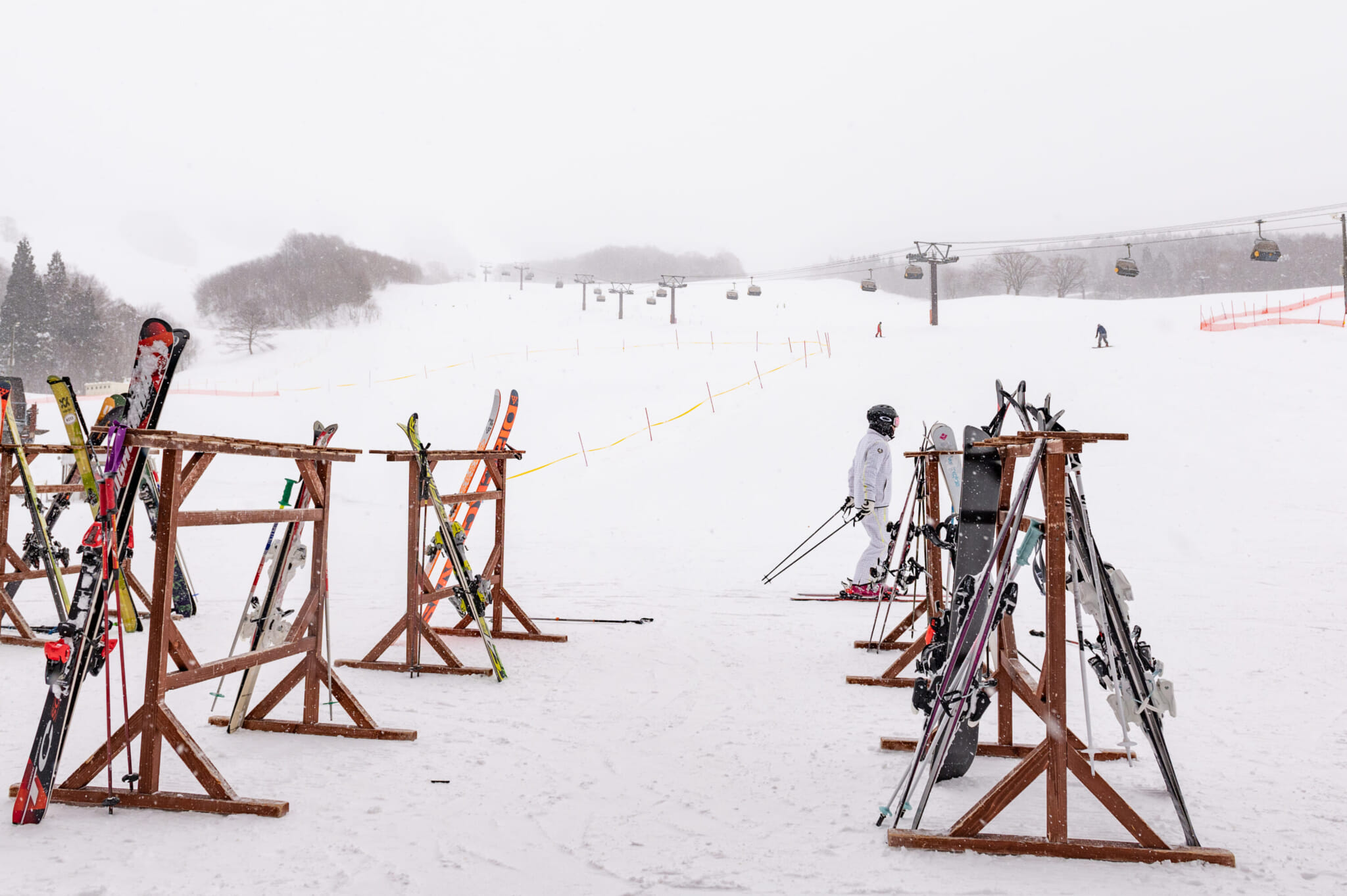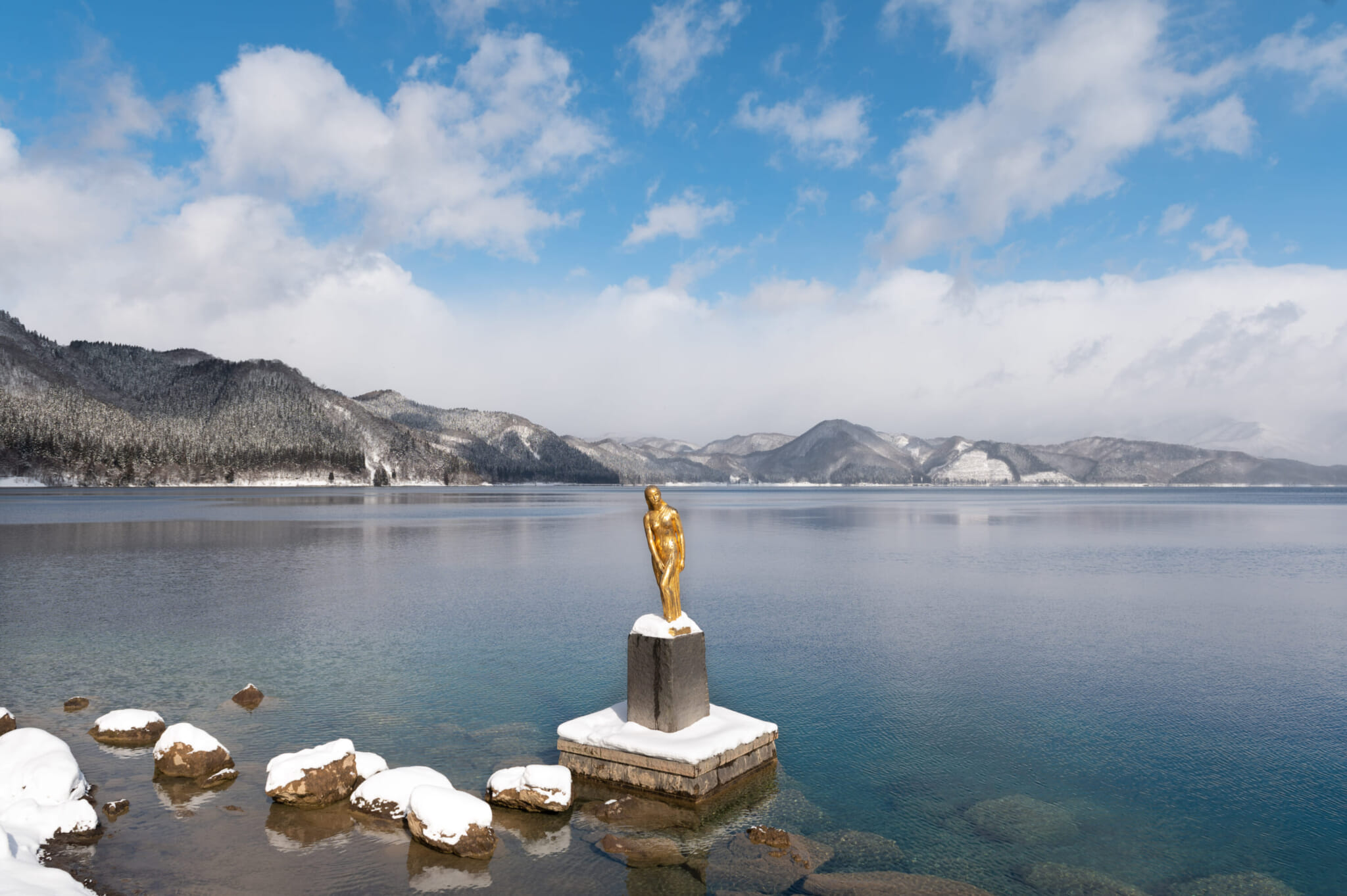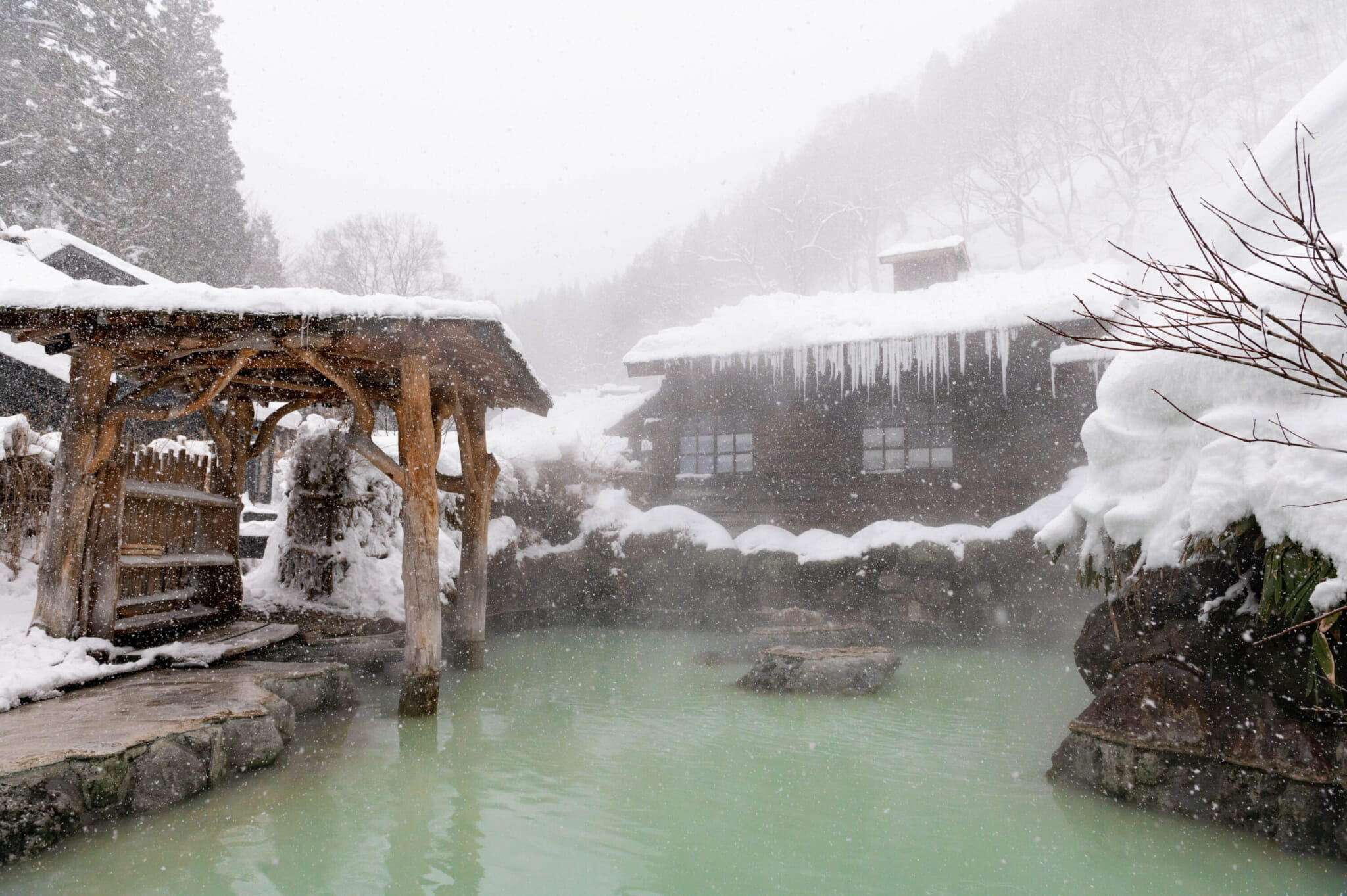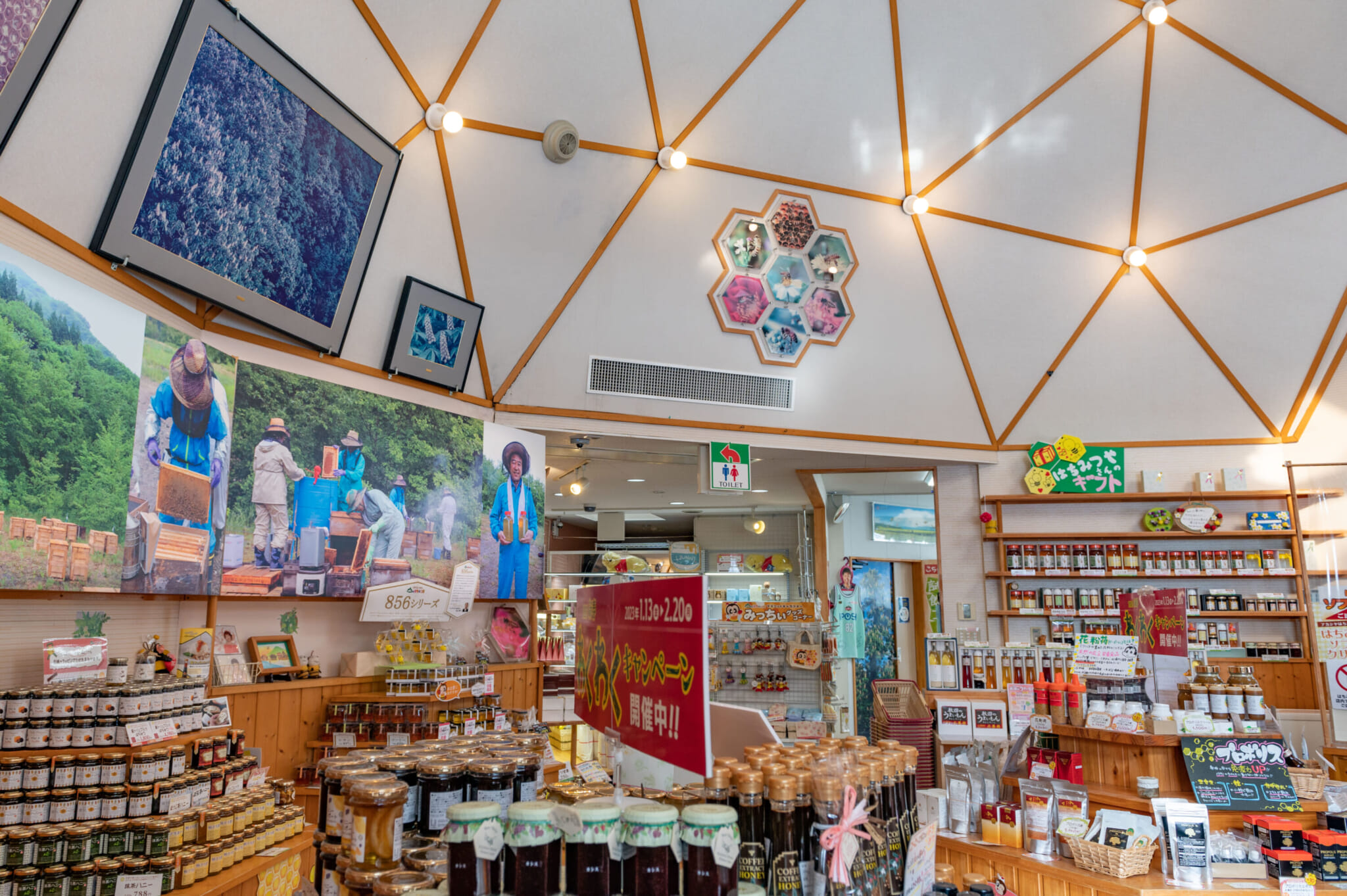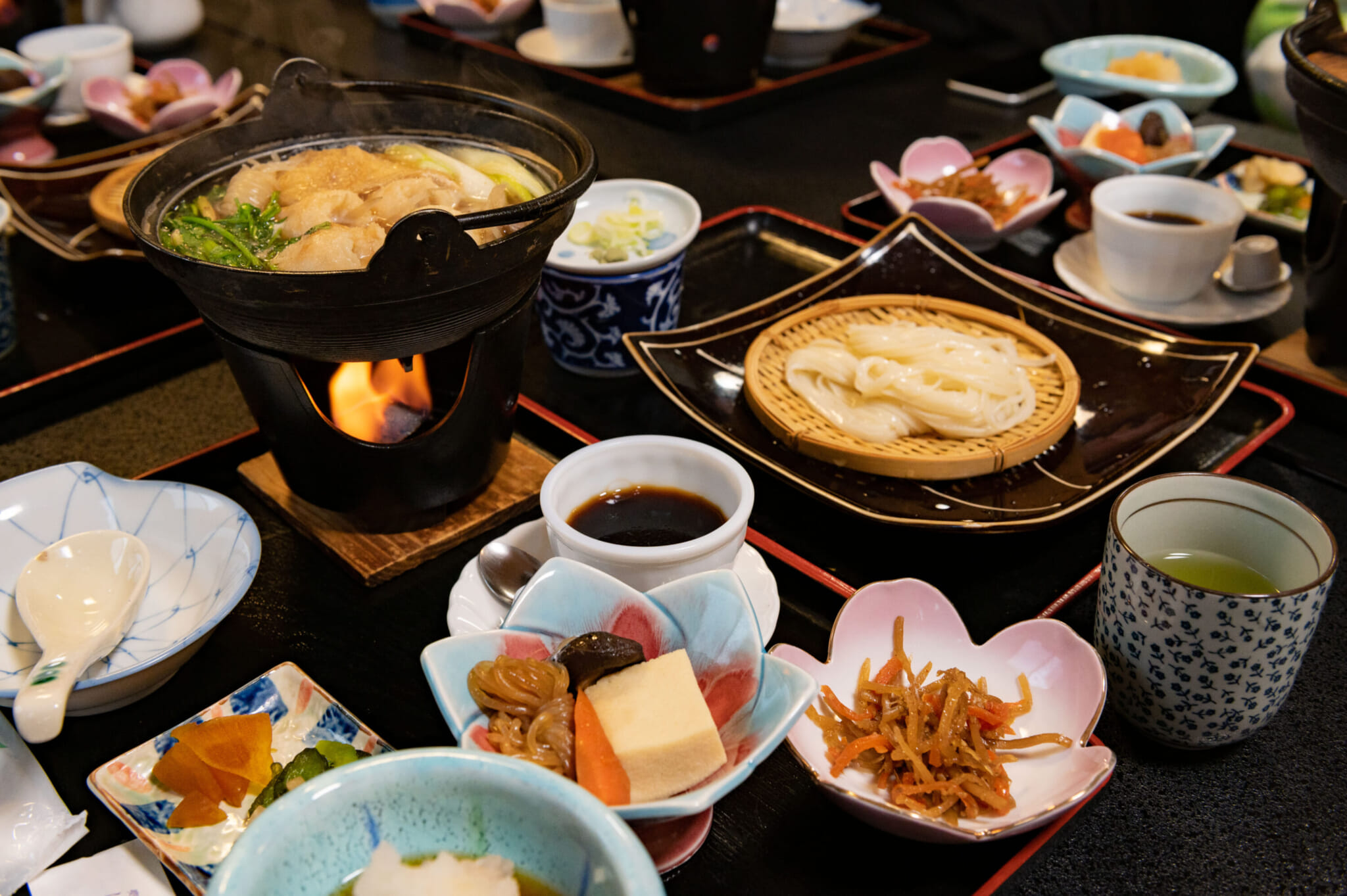One of the snowiest countries on Earth, more than half of Japan is covered in thick snow in the winter. Most travelers know Hokkaido, the country’s northernmost prefecture, and Nagano, home to famous ski areas like Hakuba. But the northeast region of Tohoku is another winter wonderland with calm scenic beauty worth considering for your next winter trip.
Earlier this year, we visited three of its six prefectures that make up Tohoku in search of fun winter activities, nature views and delicious, comforting dishes.
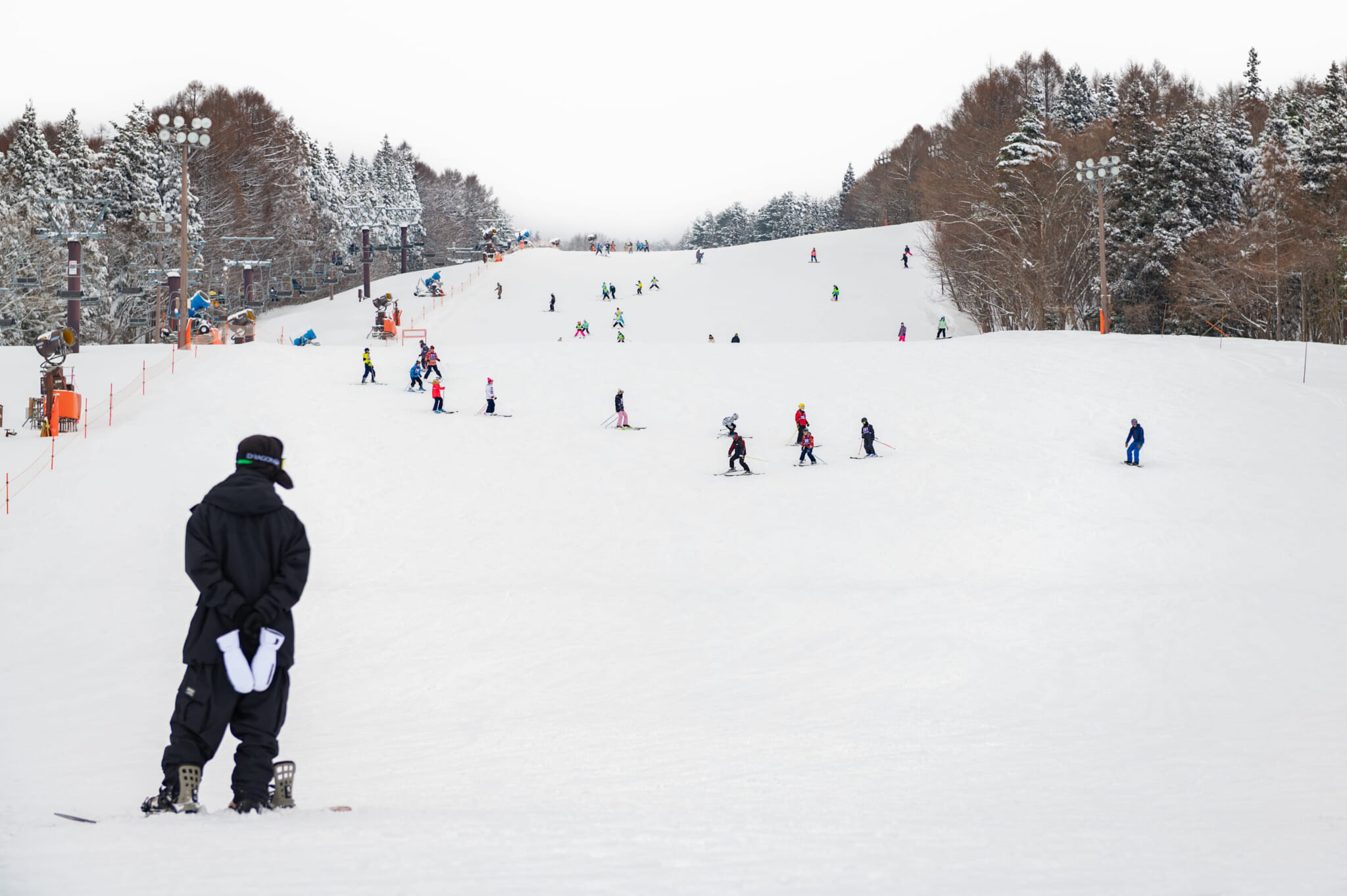
Alts Bandai Snow Park and Resort
Nihonshu and Splash Ice in Fukushima
For a dose of japow, snow sports enthusiasts should head to Alts Bandai Snow Park and Resort. Sitting under the ragged beauty of Mount Bandai, these slopes welcome skiers of all levels, from students to professional athletes. Alts Bandai offers convenient high-end skiing and snowboarding equipment rental for first-timers or riders who might only ski or snowboard on occasion.
Whether you’re staying the night or need to rest your muscles, you can go for a soak at one of the resort’s hot springs. Staying guests can also sign up to paint their very own akabeko figurine, a legendary cow from Fukushima’s Aizu region.
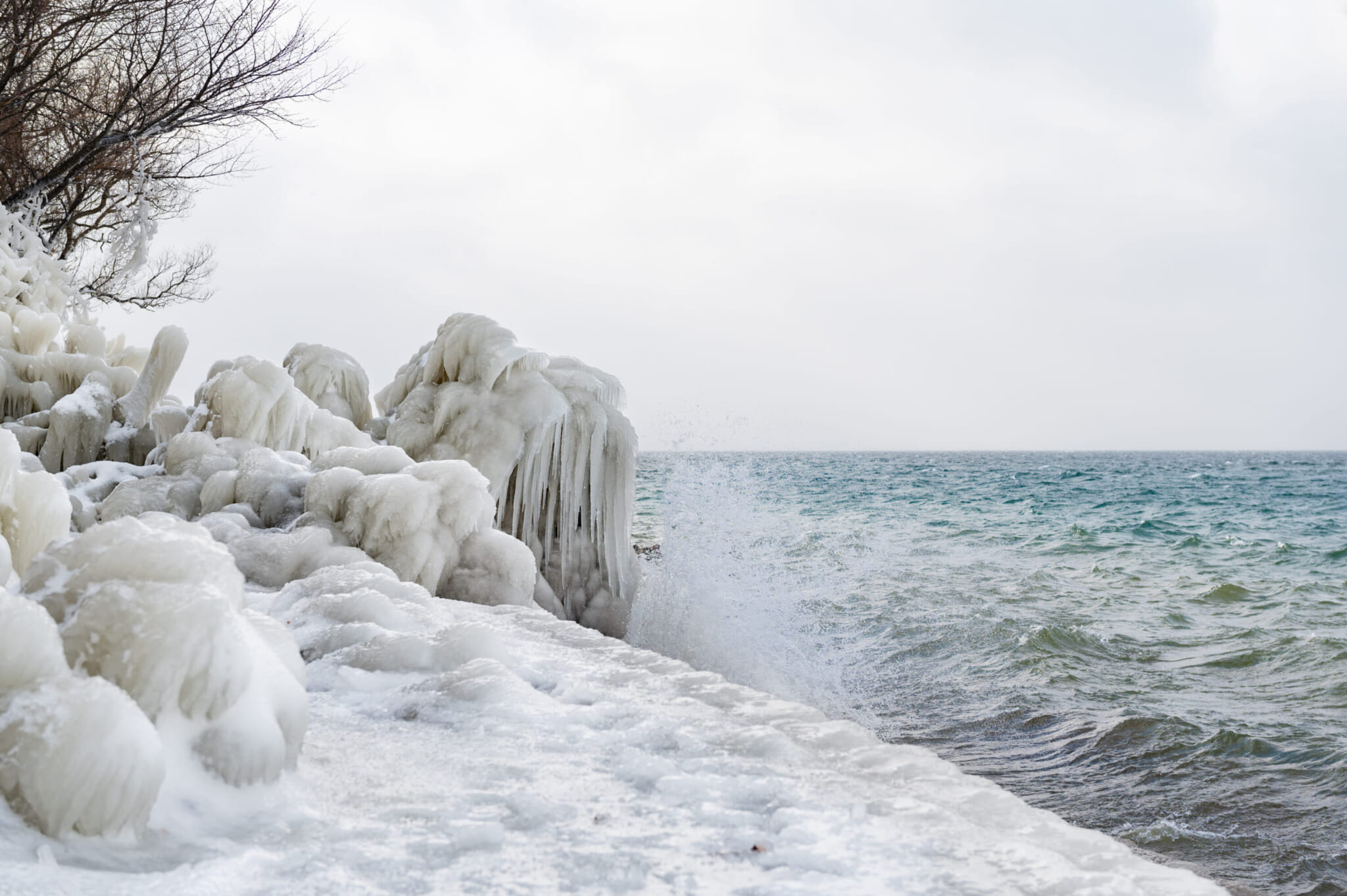
Ice formations, Lake Inawashiro
Other Things To Do in Fukushima in Winter
About a 30-minute drive from Alts Bandai is Aizuwakamatsu and its landmark, Tsurugajo Castle. The city is perfect for culture explorers looking to learn more about history.
You can also venture deeper into nature and visit Lake Inawashiro, located south of Mount Bandai. Nicknamed “Heavenly Mirror,” Inawashiro is a gorgeous lake any season, but during the colder months, a rare natural phenomenon takes place. “Shibuki gori,” or splash ice, refers to ice formations created by the waves crashing onto the shore.
What to Eat and Drink in Fukushima
Cold days and nights call for a warm bowl of ramen. Kitakata ramen, which ranks among Japan’s most popular ramen varieties after Sapporo and Hakata ramen, is a must-try. Head to the 65-year-old Bannai Shokudo, where every bowl is filled to the brim with handmade noodles bathing in a soy sauce-based broth.
It’s no secret that Fukushima is a leader in the nihonshu game. Shop local labels at the 200-year-old establishment Yamatogawa Sake Brewery and, if time allows, sign up for a free tour of its facilities.
Snow Huts and Yonezawa Beef in Yamagata
Yamagata is a well-loved destination already loved for the snow monsters of Mount Zao and Ginzan Onsen.
Funloving travelers should take note of Snow Park Donden, a remote spot offering fun winter experiences ranging from tubing to riding snowmobiles. Children and inner children alike will be screaming with excitement here.
Other Things To Do in Yamagata in Winter
From early January, check out the Onogawa Onsen Kamakura Mura, a village consisting of several snow huts that double as ramen joints. Settle into a snow hut of your own, call in to order a bowl of piping hot ramen and wait for the delivery from the kitchen across the street. It’s an unparalleled opportunity and makes for a great foodie story.

Yonezawa beef
What to Eat and Drink in Yamagata
When in Yamagata, don’t miss out on the specialty stew imoni, made with heaps of taro and meat. It’s one of the most comforting dishes you can have in the fall and winter. Locals are rightfully proud of their brand of wagyu, Yonezawa beef. You can taste Yonezawa beef prepared in a variety of ways at Bekoya.
At night, you can go for drinks and light meals in Toyokocho, a recently opened alleyway packed with little bars and restaurants and designed with nods to shogi. This place is great for barhopping if you happen to be in Tendo Onsen and offers everything from Japanese and international fares to copious cocktails.
Onsen and Craft Beer in Akita
Further north, Akita Prefecture wows with vast natural landscapes. Skiers should check out the Lake Tazawa Ski Resort and the Mount Morioshyoshi Ani Ski Resort.
Lake Tazawa Ski Resort might cater more to fans of craft beer. Visitors can sample local brews, from classic pale ale to beer made with rice or grapes.
Ani Ski Resort is best suited for skiers and riders looking for something whimsical. At the summit of the resort’s pristine slopes live snow monsters. These naturally occurring ‘monsters’ are picturesque trees covered in snow and ice. You can wander amongst the monsters with a guide. Don’t forget to grab the special boots (offered on-site) to withstand the cold if your own pair is not suited for mountain-top winter weather.
Other Things To Do in Akita in Winter
Nyuto Onsen, just a few kilometers from Lake Tazawa Ski Resort, is a scenic hot spring beloved for its healing waters and charming traditional architecture. Here you can soak in one of Japan’s few mixed-gender baths.
Alternatively, head down to the shores of Lake Tazawa. The country’s deepest lake is not only breathtaking but full of stories, too. Local legend has it that a beautiful lady named Tatsuko turned into a water dragon that protects the lake to this day. Her wish for eternal beauty was honored in the form of a golden statue and a dedicated place of worship, Gozanoishi Shrine.
Finally, stroll around the streets of Kakunodate lined with preserved samurai residencies. Some have been repurposed, such as the Aoyagi Samurai Manor Museum. The picturesque town paints a vivid and tangible image of history, whether covered in snow or awash in pink weeping sakura in spring.
What to Eat and Drink in Akita
Akita’s proximity to the sea and northern location are to thank for the unique local cuisine. Delicacies you cannot miss include the smoky daikon, kiritanpo hot pot and inaniwa udon noodles. Don’t leave without tasting the rarest of them all: tonburi, also known as “plant caviar,” the delicate fruit of the summer cypress bush.
For something sweet, try Akita honey, a concentrated flavor of local flora. The prefecture is one of Japan’s top honey producers. Near Lake Tazawa, you’ll find the Mountain Honey Shop, where you can taste a selection of Japanese honey as well as a variety of international imports.
For more travel inspiration and information, visit the Travel to Tohoku website.
Updated On March 13, 2023

